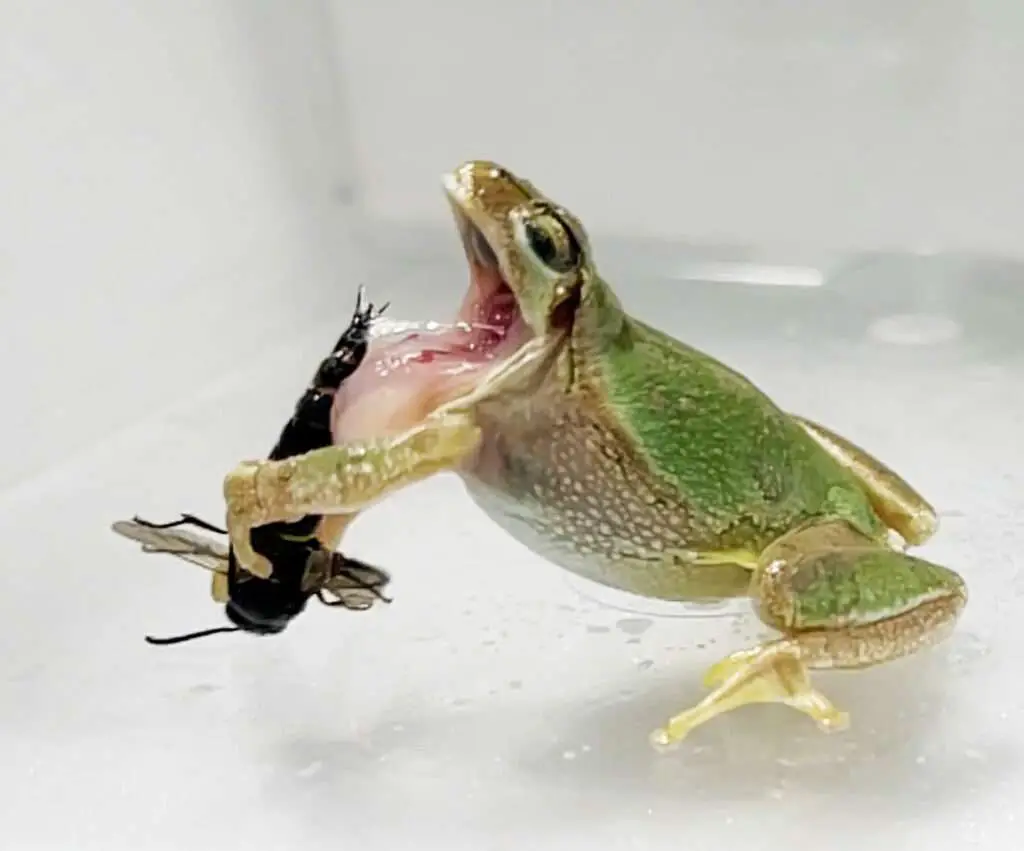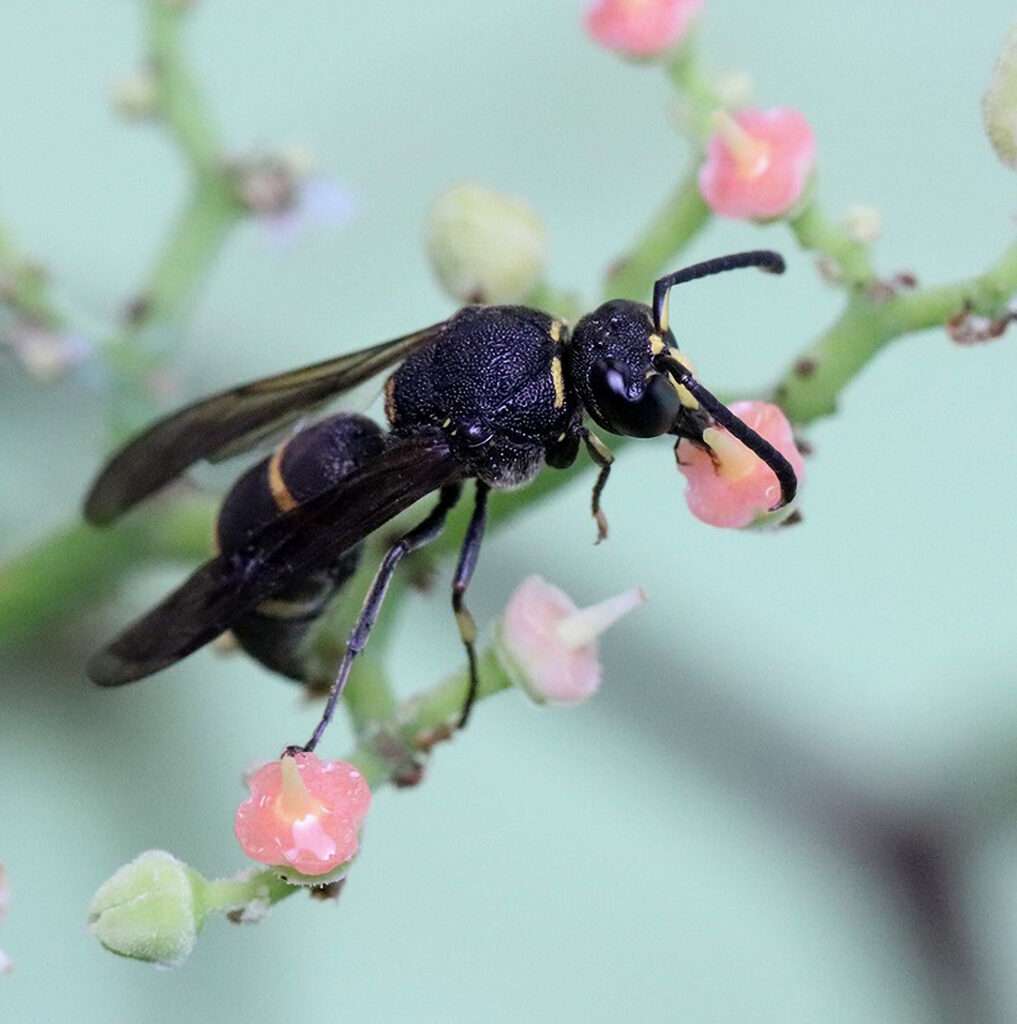Some male wasps are using spikes close to their genitals to protect themselves from being attacked or eaten up, scientists in Japan have found.
More than one in three of the insects belonging to the Anterhynchium gibbifrons species survived an experiment involving frogs, according to researchers at Kobe University.
Shinji Sugiura is an associate professor of agriculture at the renowned university.
Prof Sugiura said: “This study highlights the importance of male genitalia as an anti-predator defence and provides a new perspective for understanding the ecological roles of male genitalia in animals.”
According to the group of scientists, 17 tree frogs were each provided a male wasp. All of the frogs opened their mouths to eat the insects. However, they fought back using their mandibles and pseudo-stingers. Eventually, more than 35 per cent of the frogs gave up.
In another series of tests, 17 different tree frogs were provided with a male wasp whose genitalia had been removed. All of those wasps – which are vital to ecosystems as they are pollinators – were devoured.

Many male animals of the various wasp species lack the potential to defend themselves by stinging their enemies.
Since the Anterhynchium gibbifrons insects – which are a group of mason wasp species – were only discovered in 2015, crucial information concerning their capabilities had been missing when the Kobe University experts launched their investigation.
The researchers decided to carry out a profound examination when a student, Misaki Tsujii, felt a painful sting as he handled a male wasp of the species.
Spikes found close to other wasp species’ genitals have been analysed before. They are commonly known as pseudo-stingers.
While some female insects use hooks and barbs to wriggle away during mating, no such activities have been detected in the Kobe University ecologists’ laboratory experiment on the Anterhynchium gibbifrons species.

Science Alert magazine quotes the study authors as saying: “Although male wasps are thought to mimic the morphology and behavior of stinging female wasps, we demonstrated that the genital spines of male A. gibbifrons can function to counterattack predators.”
The Kobe University researchers’ study entitled “Male wasp genitalia as an anti-predator defense” has been published in the Current Biology magazine.
Wasps play an important part in the environment as they are engaged pollinators. The pollination of dozens of plants has been found to exclusively depend on wasps.



